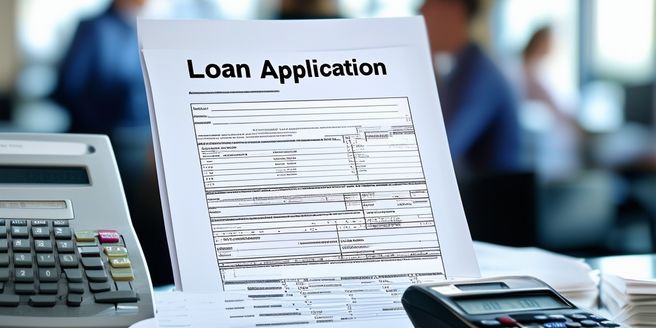
Understanding Short-term Loans: The Basics
Short-term loans are financial tools for individuals and businesses to manage sudden financial restrictions with the advantage of prompt repayment. These loans, which usually must be paid back within a year, have higher interest rates due to their urgent nature and the quick disbursement which limits time for financial checks. The flexibility and convenience of such loans allow quick response to financial concerns without a prolonged repayment plan, making them ideal for those needing instant cash. However, potential borrowers should consider the high interest rates indicative of the urgency and swiftness of these loans. Despite resolving immediate financial issues, the significant long-term implications of high-interest rates can’t be overlooked.
Are Short-term Loans A Quick Financial Fix?
Securing a short-term loan can quickly resolve a financial squeeze due to its swift approval process and prompt cash availability, making it an alluring financial resolution. However, one should think carefully before habitually using them as they can become a costly funding source, primarily due to the high interest rates and fees. These are not arbitrary but directly correlate to these loans’ utility, as making funds available almost immediately and covering administrative costs for quick service necessitate higher costs. Whilst these loans are advantageous for immediate financial needs, frequent dependency on them due to their high interest rates and fees can result in a costly affair. Always consider these factors before regularly resorting to short-term loans for funding.
The Pros and Cons of Short-term Loans
Short-term loans offer a swift solution for urgent liquidity problems, being accessible with less documentation than traditional bank loans – an appealing option during financial emergencies. However, consumers need to be aware of their substantial downsides, including higher costs than long-term bank loans and late payment fees which can worsen financial strain. The most worrisome aspect of these loans is the potential to fall into a relentless borrowing cycle if not managed wisely. Therefore, while they can provide an immediate remedy, borrowers must weigh up the significant drawbacks and proceed with caution.
Pitfalls to Avoid When Getting a Short-term Loan
Applying for a short-term loan for immediate or unforeseen expenses should be undertaken with care to avoid pitfalls such as glossing over repayment terms or failing to comprehend associated costs. These oversights can exacerbate financial difficulties. The recurrent use of these loans to manage recurring expenses can also lead to a debt cycle, with interest accumulations worsening rather than mitigating financial problems. Additionally, choosing a lender without assessing their credibility may lead to unfavorable loan terms, excessive rates, or subpar customer service, causing financial instability. Therefore, when opting for short-term loans, it’s crucial to consider repayment terms, understand associated costs, avoid cyclical debt, and thoroughly research the lender’s credibility to ensure financial stability.
Short-term Loans vs Long-term Loans: Which is Better?
Compared to short-term loans, long-term loans are usually less expensive due to their lower interest rates resulting in a reduced total repayment cost. However, acquiring long-term loans often requires an extended approval process, involving checks, verifications, and potentially more stringent lending requirements. The decision between short-term and long-term loans depends primarily on your financial need urgency and your ability to meet repayment conditions. While long-term loans can be financially appealing due to lower interest rates, they require careful consideration of immediate financial needs and long-term repayment capacity. Ultimately, choosing between a short and long term loan depends on individual circumstances; careful thought ensures the right choice.
